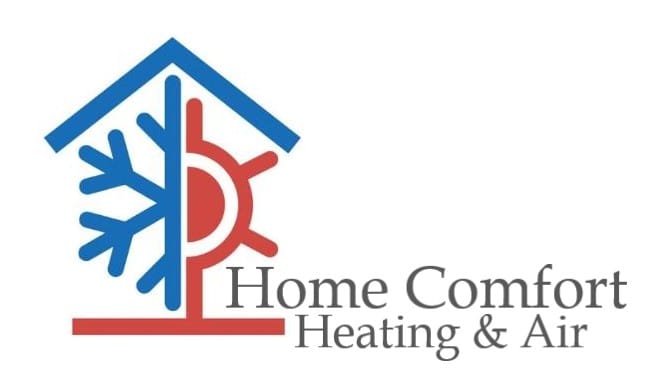
You shouldn’t be forced to sacrifice comfort or spend a lot to keep your residence at the right setting during hot days.
But what is the best setting, exactly? We go over suggestions from energy professionals so you can determine the best temperature for your family.
Here’s what we suggest for the most energy-efficient setting for air conditioning in Elk River.
Recommended Thermostat Settings for Summer
Most people find using the thermostat at 72-73 degrees is ideal. However, if there’s a huge difference between your inside and outdoor temperatures, your AC expenses will be greater.
This is our advice based on the U.S. Department of Energy (DOE) and ENERGY STAR®.
While at home: 78 degrees. While that sounds hot, there are methods you can keep your residence pleasant without having the air conditioner going frequently.
Keeping windows and blinds closed during the day keeps chilled air where it needs to be—within your home. Some window coverings, including honeycomb shades or plantation shutters, are created to deliver added insulation and better energy efficiency.
If you have ceiling fans in your house, the DOE says you can increase thermostat temps about 4 degrees warmer without compromising comfort. That’s due to the fact they cool with a windchill effect. Because they cool people, not areas, switch them off when you leave a room.
If 78 degrees still seems too uncomfortable on the surface, try running an experiment for about a week. Start by increasing your temperature to 78 degrees while you’re at your house. Then, gradually decrease it while using the tips above. You may be amazed at how refreshed you feel at a hotter temperature setting.
While away: 88 degrees. There’s no reason to keep the air conditioner working all day while your residence is vacant. Moving the setting 7–10 degrees higher can save you as much as 5–15% on your electricity costs, according to the DOE.
When you get home, don’t be tempted to set your thermostat under 78 to cool your residence more quickly. This isn’t productive and typically leads to a bigger cooling bill.
A programmable thermostat is a helpful way to keep your temperature controlled, but it requires setting programs. If you don’t use programs, you risk forgetting to increase the set temperature when you leave.
If you’re looking for a hassle-free fix, think over installing a smart thermostat. This thermostat connects with your phone, so it knows when you’re at your residence and when you’re out. Then it intuitively adjusts temperature settings for maximum savings. How much exactly? About $180 each year on heating and cooling, according to ENERGY STAR.
Another perk of installing a smart thermostat? You can use your phone to monitor and regulate temperature settings from just about anywhere.
While sleeping: Around 70 degrees. While ENERGY STAR recommends 82 degrees, that may be too uncomfortable for the majority of families. Most people sleep better when their sleeping space is chilled, so that’s why the National Sleep Foundation advises 60–67 degrees. But that could be too cold, due to your PJ and blanket preference.
We advise following an equivalent test over a week, moving your temperature higher and progressively lowering it to locate the best setting for your family. On cool nights, you might learn keeping windows open at night and relying on a ceiling fan is a better solution than using the air conditioning.
More Ways to Conserve Energy During Warm Weather
There are additional approaches you can conserve money on cooling bills throughout hot weather.
- Get an energy-efficient cooling system. Central air conditioners only are effective for about 12–15 years and lose efficiency as they age. An upgraded air conditioner can keep your house comfier while keeping cooling costs low.
- Schedule yearly air conditioner maintenance. Annual air conditioner maintenance keeps your equipment working like it should and might help it work at greater efficiency. It can also help prolong its life expectancy, since it helps professionals to uncover little issues before they create a major meltdown.
- Change air filters often. Follow manufacturer instructions for changing your air filter. A clogged filter can lead to your system short cycling, or turn on and off too much, and raise your electricity.
- Measure attic insulation levels. Nearly 90% of residences in the United States don’t have proper insulation, according to the Insulation Institute. The majority of southern climates need 13–14” of attic insulation, while northern climates should have 16–18”.
- Have your ductwork inspected. Ductwork that has separated over time can leak conditioned air into your attic, walls or crawl space. This can result in major comfort problems in your house, such as hot and cold spots.
- Seal cracks, doors and windows. Keep humid air where it belongs by plugging cracks. You can also caulk or weather strip doors to keep more cool air within your home.
Use Less Energy During Hot Weather with Home Comfort Heating & Air
If you want to save more energy this summer, our Home Comfort Heating & Air specialists can provide assistance. Get in touch with us at 763-276-0617 or contact us online for extra info about our energy-saving cooling options.

